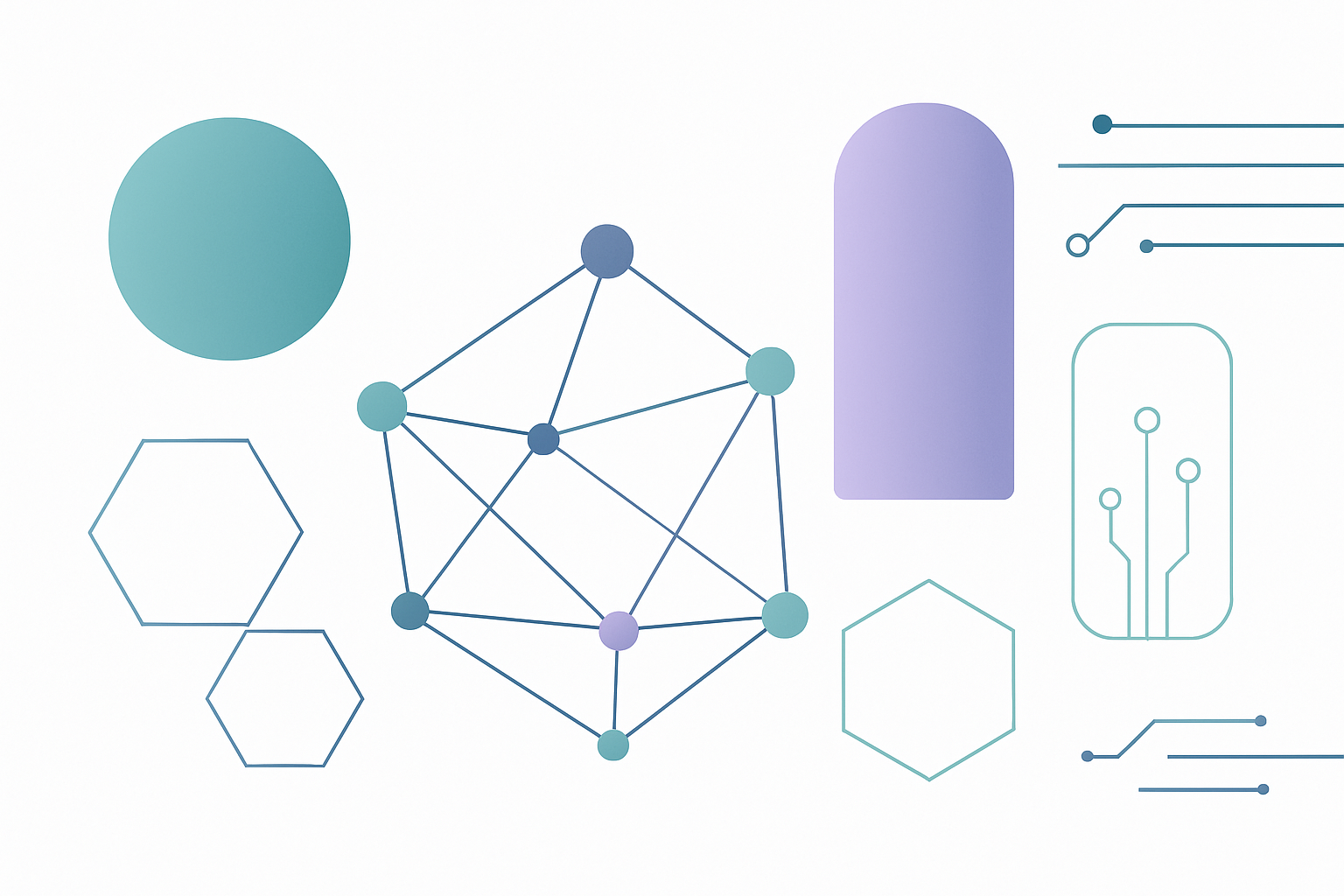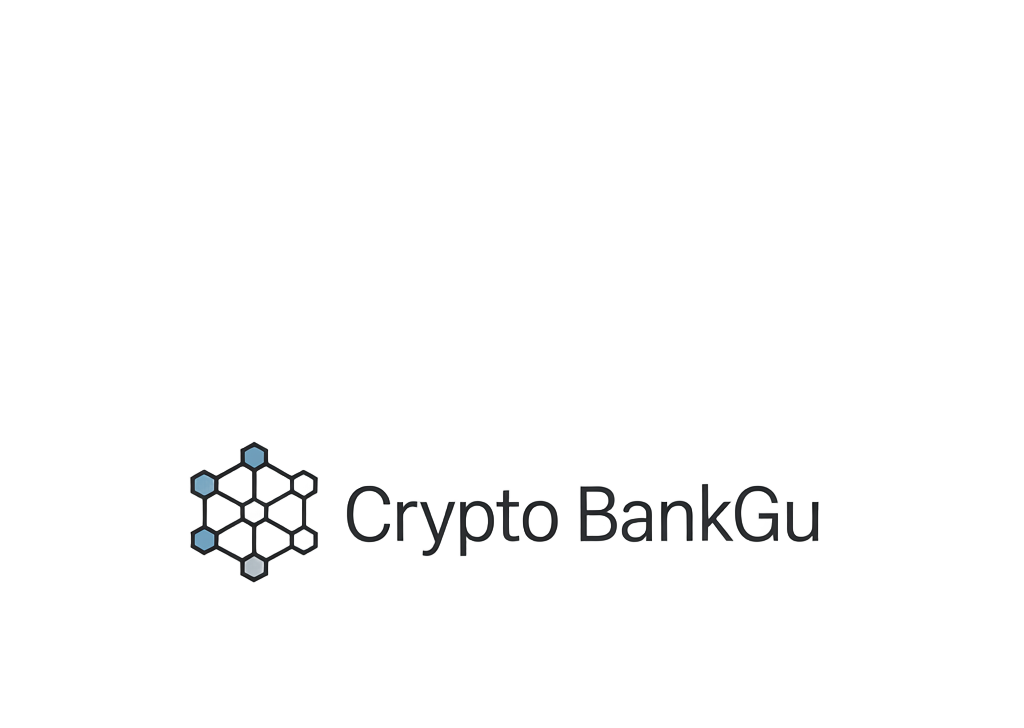
Cross-border payments have long been a friction point in global finance. For decades, individuals and businesses have endured slow settlement times, hidden FX spreads, and unclear charges when sending money internationally. Even as digital banking has evolved, the pain points of traditional correspondent banking remain stubbornly persistent. But a new generation of crypto-powered neobanks is rewriting the rules of international money movement, and Tria stands out as a leading force in this transformation.

The Persistent Pain Points of Cross-Border Payments
Despite ongoing initiatives from the Financial Stability Board and central banks worldwide to improve payment rails, users still report frustrations: opaque fees, unreliable settlement timelines, and compliance hurdles that can freeze funds without warning. Traditional banks often layer on costs through hidden currency conversion spreads or intermediary charges that only become apparent after the transaction is complete.
Neobanks have made headway by leveraging technology to streamline domestic transfers and offer more transparent pricing. However, many neobanks are still tethered to legacy infrastructure when it comes to cross-border flows. As a result, their speed and cost advantages are often blunted once money leaves national borders.
Tria’s Vision: Self-Custodial Crypto Neobanking Without Borders
This is where Tria enters the picture with a radically different approach. Tria is a self-custodial neobank built from the ground up for borderless finance. Backed by $12 million in pre-seed and strategic funding from P2 Ventures, Aptos, and key figures at Polygon and Ethereum Foundation (as reported by Investing. com), Tria aims to unify spending, trading, and earning, all from one wallet that abstracts away crypto’s technical complexity.
The heart of Tria’s offering is its self-custodial balance. Users control their assets without relying on third-party custodians or centralized account structures. This means no seed phrases or gas fees to manage, just seamless access to over 1,000 tokens via Visa cards accepted in 150 and countries. For users accustomed to the headaches of interbank transfers or waiting days for SWIFT wires to clear, this is a paradigm shift.
BestPath AVS: The Engine Behind Instant Global Settlement
The engine powering Tria’s instant cross-border payments is its proprietary BestPath AVS (Automated Value Settlement) technology. Instead of routing transactions through a maze of intermediaries or off-chain swap providers (which can introduce delays and fees), BestPath AVS dynamically finds the most efficient path across multiple blockchain networks in real time.
This system enables near-instantaneous settlement, often fee-free, regardless of where sender or recipient are located. No bridges or manual swaps are required; users simply initiate payments from their wallet and let Tria’s infrastructure handle the rest behind the scenes. This abstraction not only removes friction but also lowers operational costs dramatically compared with legacy banking models.
Security remains paramount as well. With recent integrations like zkKYC (zero-knowledge know-your-customer) solutions developed by Billions, Tria combines regulatory compliance with user privacy, a delicate balance that most Web3 platforms struggle to achieve.
Practical Benefits for Individuals and Businesses
The implications for both retail users and enterprises are profound:
- No hidden FX spreads: Transparent conversion rates across supported tokens eliminate surprise charges.
- No gas fees: Users pay what they see, no network fees deducted behind the scenes.
- No account freezes: Self-custody means funds remain under user control at all times; compliance checks happen without intrusive data sharing thanks to zkKYC integration.
- Total flexibility: Spend anywhere Visa is accepted; move value instantly between countries; earn yield on idle balances, all within one unified app experience.
This positions Tria not just as another fintech app but as an entirely new kind of financial infrastructure, one that could make traditional correspondent banking obsolete for many use cases. For further technical insights into how this infrastructure connects global crypto banks for truly instant cross-border payments, see our deep dive at this resource.
Tria’s approach also addresses a persistent criticism of both crypto and neobanking: the lack of clarity and user empowerment. By unifying spend, trade, and earn in a single, self-custodial wallet, Tria gives users real-time control over their assets without the risk of arbitrary account freezes or opaque compliance processes. The integration of zero-knowledge KYC is especially notable, enabling regulatory adherence while preserving privacy, a balance that most traditional banks and even many crypto platforms have yet to strike.
For businesses operating across borders, this model offers a compelling alternative to legacy banking rails. Instant settlement means improved cash flow management and reduced working capital locked up in transit. Transparent fees and multi-token support allow for more agile treasury operations, particularly for firms with suppliers or customers in emerging markets where banking access remains limited.
Redefining Global Banking: Tria’s Competitive Edge
What sets Tria apart from other neobanks is not just its technology stack but its commitment to lowering barriers for everyday users. Traditional cross-border payments often involve multiple layers of correspondent banks, each adding delays, compliance checks, and hidden costs. Even established fintechs frequently rely on these rails behind the scenes.
Tria’s blockchain-native infrastructure eliminates these intermediaries entirely. Its BestPath AVS engine dynamically optimizes every transaction route across supported blockchains, ensuring that users benefit from the lowest possible fees and fastest settlement times available at any moment. The result is an experience that feels as seamless as sending a text message, regardless of location or currency.
The ability to spend anywhere Visa is accepted (over 150 countries) using more than 1,000 different tokens further democratizes access to global commerce for both individuals and enterprises. This is especially significant in regions where local currencies are volatile or banking systems are fragmented.
Challenges Ahead, and Why User Trust Matters
No innovation comes without challenges. As with all neobanks, especially those operating at the intersection of crypto and regulated finance, questions remain around long-term regulatory clarity and user protection. Some critics highlight concerns about customer service standards or the risk of unregulated platforms mishandling funds.
However, Tria’s self-custodial model mitigates many risks associated with centralized platforms. Users retain direct control over their assets rather than relying on an opaque third party. The adoption of zkKYC further enhances trust by ensuring compliance checks do not compromise privacy or autonomy.
The Future of Cross-Border Payments: A New Standard?
As global commerce becomes increasingly digital-first, demand for fast, transparent international payments will only intensify. Tria’s model, combining blockchain efficiency with user-centric design, sets a new benchmark for what crypto neobanking can achieve. If it continues to deliver on its promise of instant global settlement without hidden fees or compliance headaches, it could catalyze a broader shift away from legacy correspondent banking altogether.
The coming years will test whether Tria can scale its infrastructure while maintaining trust and regulatory alignment across jurisdictions. But if early momentum holds, and if user experiences match the hype, the future of cross-border payments may finally be borderless in practice as well as theory.






